You can listen to this episode of our Top 5 stories of the week right here 👆 by pressing ▶️ or in all the usual podcasting apps. Here are the links to a few spots for you to listen and subscribe 😉 :
1. Cheptegei Owns the 5,000m World Record
Twenty-three-year-old Joshua Cheptegei of Uganda lowered the 5,000m world record to 12:35.36 last Friday at the Meeting Herculis in Monaco. His time bested Kenenisa Bekele’s 16-year-old mark by almost two seconds.
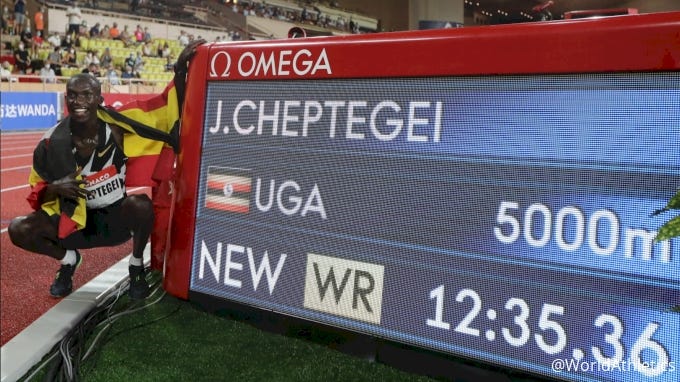
As he finished, Cheptegei stopped his clunky Polar watch and smiled effortlessly. His previous best time: 12:57.41. Photo: Flotrack
Cheptegei’s run is thought to be the most evenly-paced world record in history - he ran three consecutive 4:01 miles🔥. He was pushed on by Nicholas Kimeli of Kenya for the first half of the race, who later faded to 12:51.78. From the 2,500m mark, Cheptegei ran alone and kept pace with a moving green light on the inside railing of the track that travelled at 5,000m world record speed.
Cheptegei had solidified himself as a clutch performer well before this race. Last year, he was the gold medalist at both the World Athletics Championships 10,000m and the cross-country world championships. The year before, he won the 10,000m at the Commonwealth Games. Not bad for someone who, just three years ago, was most recognizable for having massively imploded before the finish line after leading part of the 2017 world cross country championship.
Here’s a neat side-by-side of the previous world record and how it stacked up to Cheptegei’s run, including some handy real-time split differences:
Cheptegei has expressed interest in wrestling the Olympic 10,000m crown away from two-time defending champion Mo Farah in Tokyo. And what started as a bold challenge to the seasoned Farah is becoming an almost sure-win situation for the much younger Cheptegei.
2. Monaco Was A Fun Meet, with Lots of Great Performances
While Cheptegei grabbed headlines at Herculis, several other superstars showed that the pandemic has done little to hamper their training.
One the women’s side, three national records went down in the 1,000m. Faith Kipyegon took the win and set a new Kenyan record and world-leading time of 2:29.15. The mark falls just 0.17 seconds short of the world record. She was chased by Laura Muir (2:30.82) and Ciara Mageean (2:31.06) who broke the British and Irish records, respectively.
In the 5,000m Helen Obiri of Kenya showed great form and ran a world-leading time of 14:22.12. Conversely, Dutch runner Sifan Hassan, whose personal best is equal to Obiri’s winning time, dropped out at the 4,000m mark.
On the men’s side, three 1,500m runners dipped under 3:30. Tim Cheruiyot of Kenya stopped the clock at 3:28.45, and claimed gold for the third consecutive year. 19-year-old Norwegian phenom Jakob Ingebrigtsen was second in a national record of 3:28.68, and Jake Wightman (3:29.47) registered the second fastest time in British history, behind only Mo Farah.
In the 800m, Donavan Brazier ran to a world-leading time of 1:43.15, and bested his countryman and runner-up Bryce Hoppel by just 0.08 seconds.
The Diamond League will host its next meeting on Sunday, August 23, in Stockholm. It will be the fourth of nine scheduled competitions.
3. The 200m Champ Plans to Sit Out All of 2020 Due to Pandemic
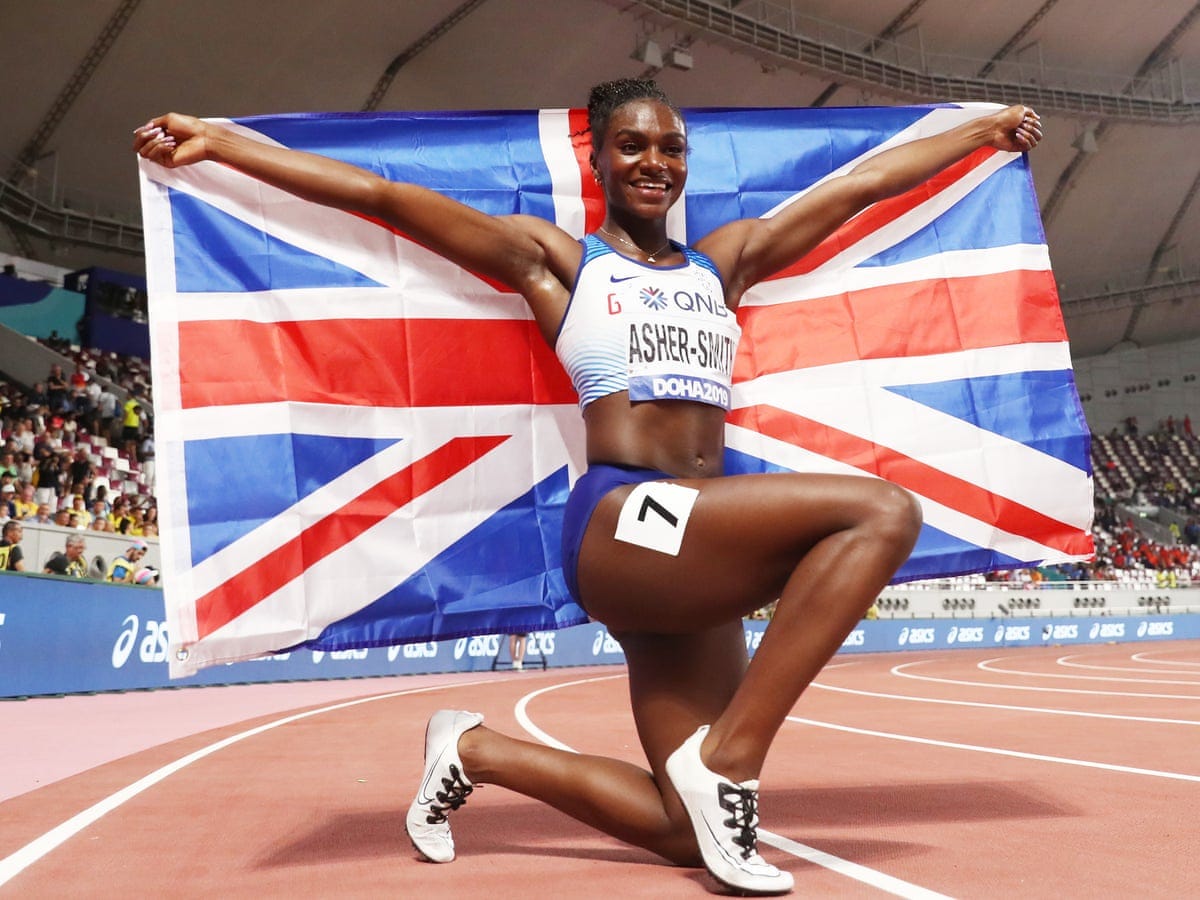
Dina Asher-Smith at the 2019 World Athletics Championships. Photo - The Guardian
Dina Asher-Smith, the 2019 world 200m champion, has decided to sit out all races in the 2020 season, citing COVID-19 concerns.
“I’m not in the mood for racing for racing’s sake this year,” she told Athletics Weekly. “The stakes are a bit too high. I don’t fancy catching coronavirus at an event.”
The 24-year-old British sprinter’s decision could violate conditions of her contract. Asher-Smith runs for Nike, which typically enforces race quotas on their athletes. Even in the pandemic year, Nike contracts appear to stipulate that athletes run a minimum of ten races. Regardless, Asher-Smith appears motivated to only make a return to competition at a later time.
“The best thing to do is to prepare for the long haul…” she said, “because we’re going to have a very intense four years. So it’s better to build that foundation. That’s what I’d prefer to do.”
This might be a smart plan, as at least one professional athlete who contracted COVID-19 has reported suffering from heart problems, even after making a full recovery.
4. The New Shoe Rules Are Finalized For the Olympics
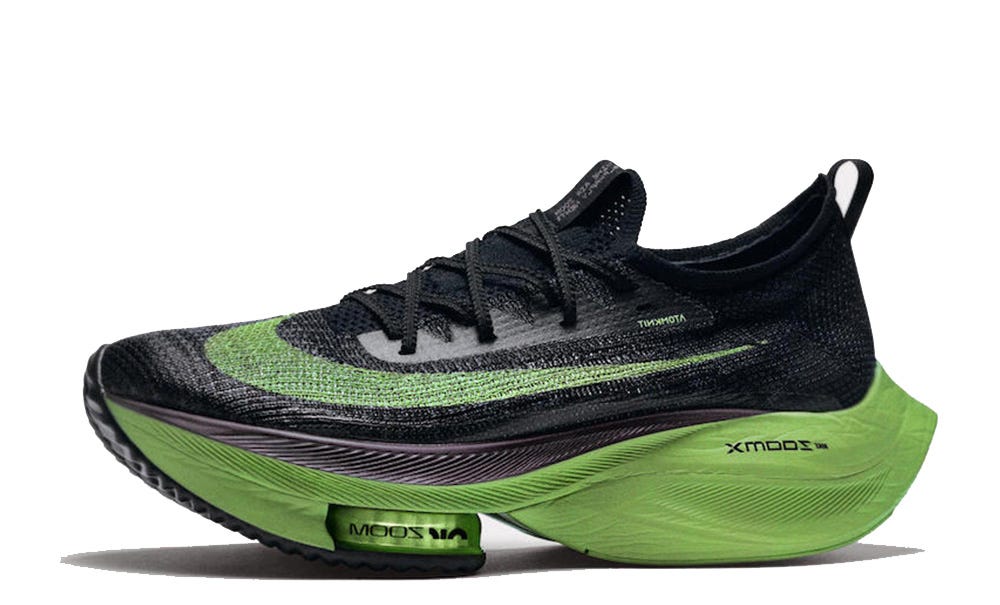
Nike Air Zoom Alphafly Next%
On July 28, World Athletics, track and field’s governing body, released its long overdue list of approved competition shoes. Both Nike’s Air Zoom Alphafly Next% and their new Air Zoom Viperfly spikes have received the green light to be worn in competitions such as the Olympics.
The shoe list, however, contains a few caveats. World Athletics has limited the shoes by capping the sole height for different events. The max sole height for road races is 40 mm; the max height for cross country and track events 800m and up is 25 mm; and anything below 800m is 20 mm. This means athletes won’t be allowed to race in the Alphflys on the track.
World Athletics also added an ‘Athletic Shoe Availability Scheme’ for unsponsored elite athletes, meaning the gear worn by a sponsored athlete must be available publicly.
Regardless of the stipulations, the burgeoning selection of carbon-plated shoes means we’re in for some fast times come Tokyo 2021. Keep an eye on these numbers next year:
2:06:32 and 2:23:07
Those are the Olympic marathon records. They look pretty beatable in the AlphaFly era.
5. To Buff or Not to Buff?
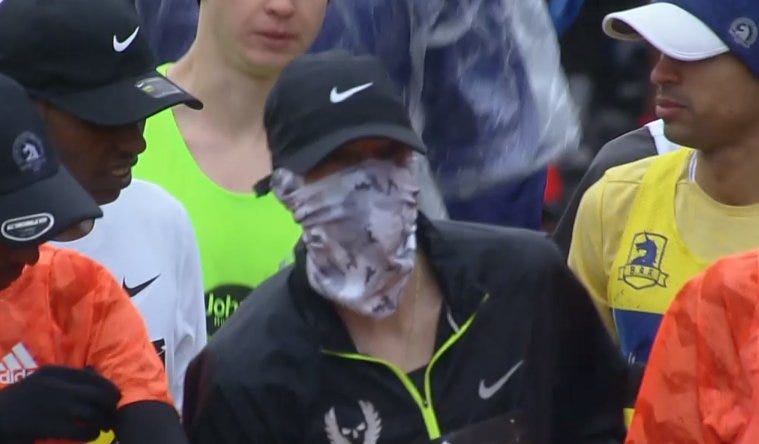
A new study out of Duke University’s School of Medicine has declared running buffs to be the least effective form of mask, allowing more droplets through than alternative face coverings.
The study appeared to show that wearing a buff was actually less effective than no mask at all. Media outlets ran with this, causing runners worldwide to sheepishly stash their buffs in a nearby closet.
But Science News released an article refuting this claim, explaining that the study had been misinterpreted. The point of the study was to figure out how to evaluate masks, not compare them, the publication wrote. There is no concrete evidence that no mask is better than wearing a buff.
Experts are asking people not to use this as an excuse to abandon face coverings. The threat is still very real. If you’re not wearing a mask while running, physical distancing is essential.






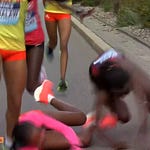


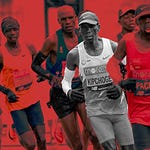

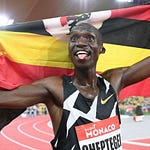
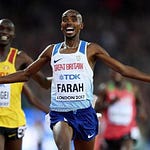
Share this post